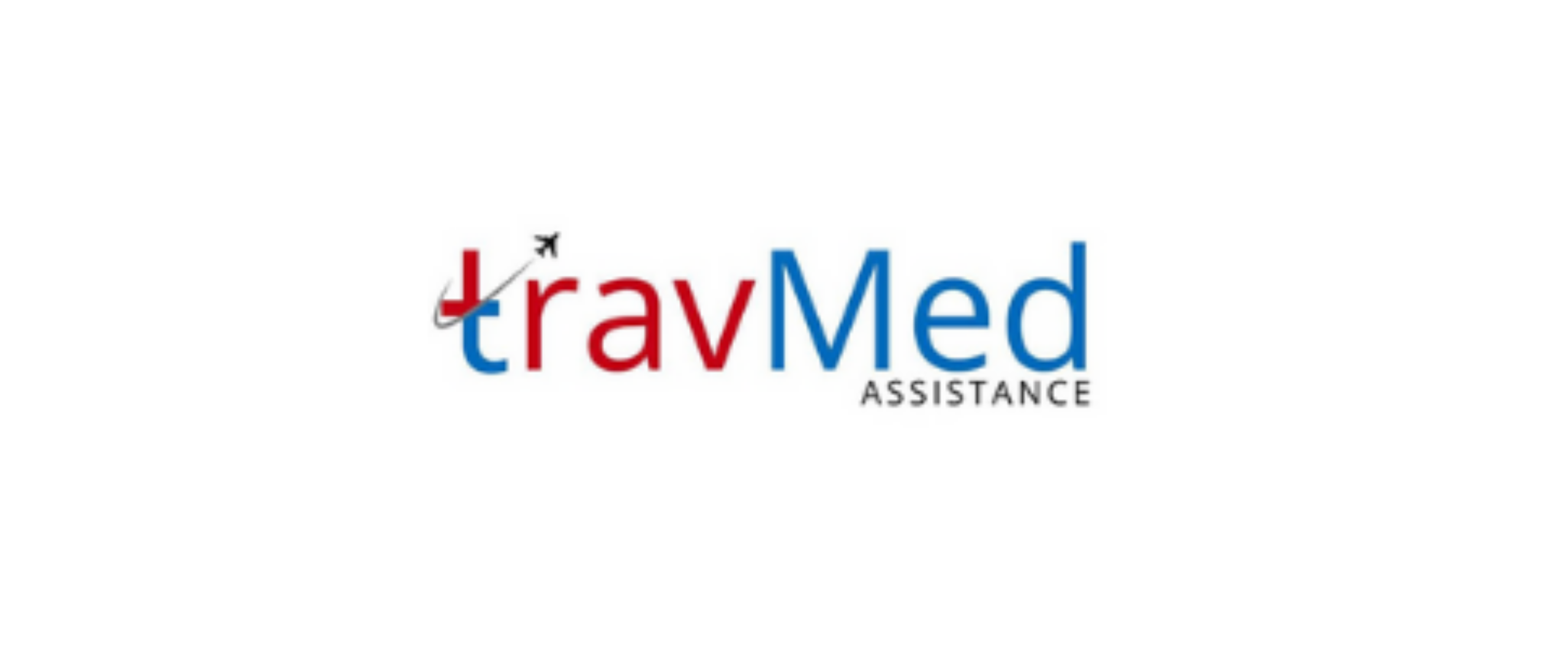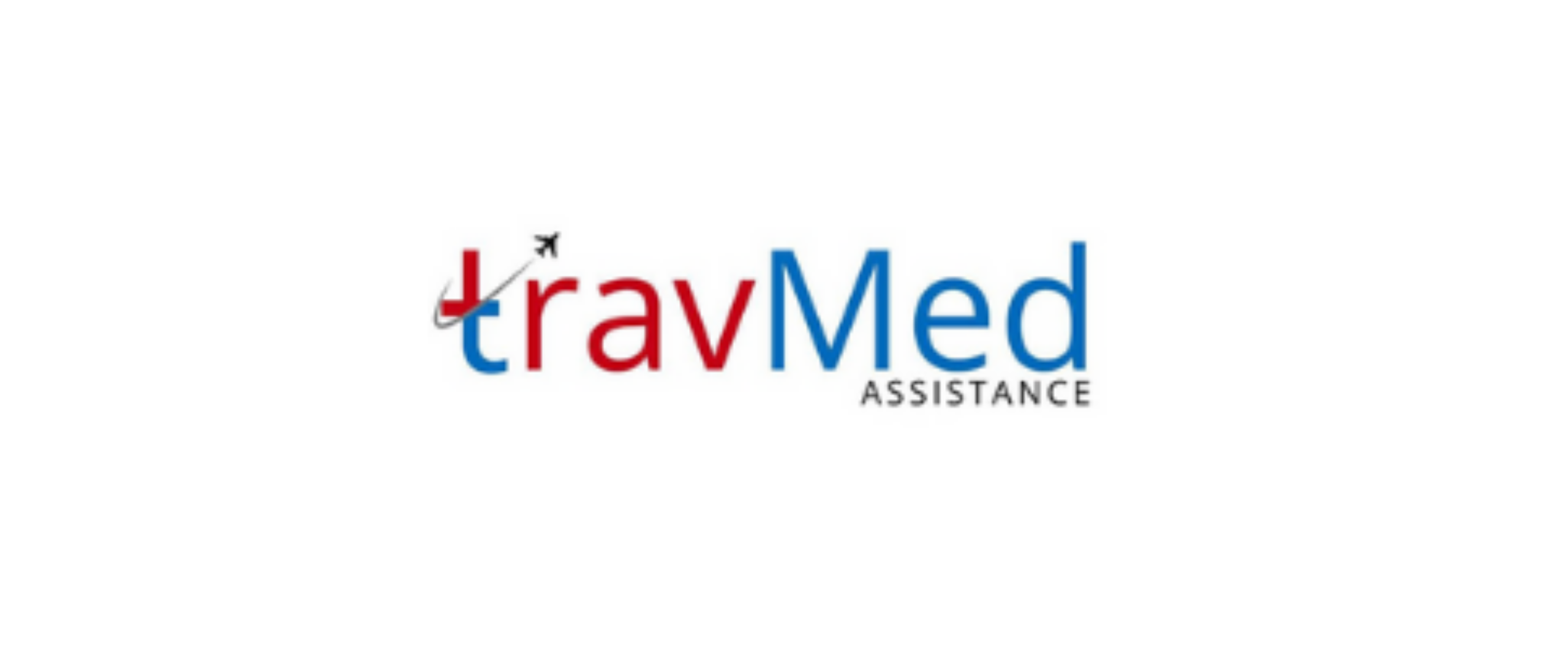
What is helicopter rescue in Nepal?
Helicopter rescue in Nepal refers to emergency medical evacuation services provided to travelers, trekkers, and mountaineers in remote and inaccessible areas of the country. This service utilizes helicopters to quickly reach individuals in distress, providing immediate medical assistance and transportation to appropriate healthcare facilities. Nepal’s challenging terrain, with its high mountains and deep valleys, often necessitates the use of helicopters for swift and effective rescue operations. These services are particularly vital in the Himalayan regions, where road access is limited or non-existent. Helicopter rescue operations in Nepal are conducted by specialized teams trained in high-altitude rescues and emergency medical care, ensuring that travelers receive prompt and professional assistance in critical situations.
Who provides helicopter rescue services?
Several organizations and companies provide helicopter rescue services in Nepal. The primary providers include private helicopter companies, such as Fishtail Air, Simrik Air, and Air Dynasty, which operate specialized rescue helicopters equipped with medical facilities. Additionally, the Nepal Army and Nepal Police also maintain helicopter units capable of conducting rescue operations. International organizations like the Himalayan Rescue Association (HRA) collaborate with these providers to coordinate rescue efforts. Travel insurance companies often partner with local helicopter operators to facilitate rescues for their policyholders. The Nepal Tourism Board and trekking agencies also play a role in coordinating rescue services when needed. These providers work together to ensure comprehensive coverage across Nepal’s diverse and challenging terrain.
How does the rescue process work?
The helicopter rescue process in Nepal typically begins with an emergency call or distress signal from the affected individual or their group. Upon receiving the alert, rescue coordinators assess the situation and dispatch the nearest available helicopter. The rescue team, usually consisting of a pilot, co-pilot, and medical personnel, flies to the location using GPS coordinates or visual landmarks. Upon arrival, the team evaluates the patient’s condition and provides immediate medical care if necessary. The patient is then carefully loaded into the helicopter using appropriate equipment such as stretchers or harnesses. During the flight to the nearest suitable medical facility, the medical team continues to monitor and treat the patient. The entire process is coordinated with ground support teams and medical facilities to ensure seamless transfer and continued care upon landing.
What documents are needed for rescue?
For helicopter rescue in Nepal, several documents are typically required to facilitate the process:
- Valid passport
- Travel insurance policy details
- Trekking permit (if applicable)
- TIMS (Trekkers’ Information Management System) card
- Medical history or any relevant health documents
- Emergency contact information
- Credit card or proof of payment for rescue services
- Signed consent form for medical treatment and evacuation
Having these documents readily available can significantly expedite the rescue process. It’s advisable for travelers to keep digital copies of these documents stored securely online and share them with a trusted contact. In emergency situations where documents are inaccessible, rescue operations will still proceed, with documentation issues addressed later.
How much does helicopter rescue cost in Nepal?
The cost of helicopter rescue in Nepal can vary significantly depending on factors such as the location, altitude, weather conditions, and the complexity of the rescue operation. On average, a basic helicopter rescue from popular trekking areas like the Everest or Annapurna regions can range from $3,000 to $10,000 USD. For more remote locations or higher altitudes, costs can escalate to $20,000 or more. These fees typically cover the helicopter charter, fuel, crew expenses, and basic medical care during transport. Additional costs may include medical treatment at hospitals, extended search operations, or specialized equipment. It’s important to note that many travel insurance policies cover helicopter rescue costs, but travelers should carefully review their policy details and coverage limits. Some rescue providers may require upfront payment or guarantee before initiating the rescue operation.
How is safety ensured during helicopter rescues?
Safety is paramount in helicopter rescue operations in Nepal. Rescue providers implement multiple measures to ensure the well-being of both patients and rescue teams:
- Highly trained pilots experienced in high-altitude flying and challenging terrain
- Regular maintenance and safety checks on all rescue helicopters
- Use of modern helicopters equipped with advanced navigation and safety systems
- Strict adherence to weather limitations and flight regulations
- Comprehensive medical equipment on board for patient stabilization
- Specialized training for medical personnel in high-altitude rescue procedures
- Coordination with ground teams for accurate landing site information
- Use of proper safety gear for patients and rescue team members
- Continuous communication between the helicopter and control centers
- Regular safety drills and scenario training for rescue teams
These safety protocols are continuously reviewed and updated to maintain the highest standards of safety in rescue operations.
Are services available in remote areas?
Helicopter rescue services in Nepal are indeed available in remote areas, which is one of their primary advantages. These services can reach locations that are inaccessible by road or would take days to access on foot. Remote areas covered include:
- High-altitude trekking routes in the Everest region
- Annapurna Circuit and Sanctuary
- Langtang Valley
- Mustang region
- Kanchenjunga Base Camp area
- Remote villages in far-western Nepal
Rescue helicopters are equipped with long-range fuel tanks and advanced navigation systems to reach these isolated areas. However, rescue operations in extremely remote locations may be subject to weather conditions and daylight hours. Some very remote areas might require multiple fuel stops or the use of specialized high-altitude helicopters. Despite these challenges, Nepal’s helicopter rescue services strive to provide coverage even in the most isolated parts of the country, ensuring that travelers in distress can receive assistance regardless of their location.
Who qualifies for helicopter rescue services?
Helicopter rescue services in Nepal are available to a wide range of individuals who find themselves in emergency situations:
- Trekkers and mountaineers experiencing altitude sickness or other medical emergencies
- Travelers involved in accidents or suffering from severe illnesses in remote areas
- Individuals stranded due to natural disasters or extreme weather conditions
- Climbers requiring evacuation from high-altitude camps
- Tourists with pre-existing medical conditions that worsen during their trip
- Local residents in remote areas needing urgent medical care
- Search and rescue operations for missing persons
- Humanitarian aid delivery in crisis situations
Qualification for these services is primarily based on the urgency of the situation and the inaccessibility of the location by other means. While priority is given to life-threatening emergencies, rescue services can also be utilized for non-critical situations where rapid evacuation is necessary. It’s important to note that having appropriate travel insurance can facilitate quicker access to these services, as some providers may require payment guarantees before initiating a rescue operation.
What equipment is used in helicopter rescues?
Helicopter rescues in Nepal utilize a range of specialized equipment to ensure effective and safe operations:
- High-altitude helicopters (e.g., Airbus AS350 B3e)
- Long-line rescue systems for areas where landing is impossible
- Rescue harnesses and stretchers
- Portable oxygen systems and masks
- Advanced life support equipment (defibrillators, ventilators)
- Trauma kits and emergency medications
- GPS and satellite communication devices
- Night vision goggles for low-light operations
- Winch systems for vertical rescues
- Thermal imaging cameras for search operations
- Portable hyperbaric chambers for altitude sickness treatment
- Weather monitoring equipment
This equipment is regularly maintained and updated to meet international safety standards. Rescue teams are trained in the use of all equipment, ensuring efficient and safe rescue operations even in challenging conditions.
How long does the rescue process take?
The duration of a helicopter rescue in Nepal can vary significantly depending on several factors. Typically, once an emergency call is received and verified, the rescue process can be initiated within 30 minutes to 2 hours. The actual flight time to reach the patient depends on their location and can range from 20 minutes to over an hour for more remote areas. The on-site rescue operation, including patient assessment and loading, usually takes 15-30 minutes. The return flight to a medical facility may take another 20 minutes to an hour. In total, from the initial call to delivery at a hospital, the process can take anywhere from 2 to 6 hours under normal conditions. However, factors such as adverse weather, high altitude, complex terrain, or the need for specialized equipment can extend this timeframe. Night rescues, which are conducted only in extreme emergencies, may take longer due to additional safety precautions.
Can family accompany during helicopter rescue?
In most cases, helicopter rescue operations in Nepal allow for a family member or travel companion to accompany the patient, subject to certain conditions:
- Space availability in the helicopter
- Weight limitations for safe flight operations
- The medical condition of the patient
- The complexity of the rescue operation
Typically, smaller helicopters used in high-altitude rescues may only have space for the patient and essential medical personnel. Larger helicopters operating at lower altitudes might accommodate an additional passenger. The decision to allow a family member on board is ultimately at the discretion of the pilot and medical team, prioritizing the safety and medical needs of the patient. If a family member cannot accompany the patient during the initial rescue, arrangements are often made for them to join later at the medical facility. In cases where family accompaniment is not possible, rescue coordinators ensure that family members are kept informed about the patient’s status and destination.
How do I contact rescue providers in Nepal?
Contacting helicopter rescue providers in Nepal can be done through several channels:
- Emergency hotlines of major helicopter companies (e.g., Fishtail Air: +977 1 4469064)
- Nepal Tourism Board 24/7 helpline: +977 1 4256909
- Trekking agencies or tour operators
- Hotels or lodges in trekking areas
- Local police stations
- Himalayan Rescue Association: +977 1 4440292/4440293
- Travel insurance emergency assistance numbers
- Embassy or consulate emergency contact numbers
For efficient response:
- Provide clear information about the location
- Describe the nature of the emergency
- Give details about the patient’s condition
- Have passport and insurance information ready
It’s advisable to save these contact numbers before traveling to remote areas in Nepal. In areas with limited communication, satellite phones or emergency beacons can be crucial for contacting rescue services.


